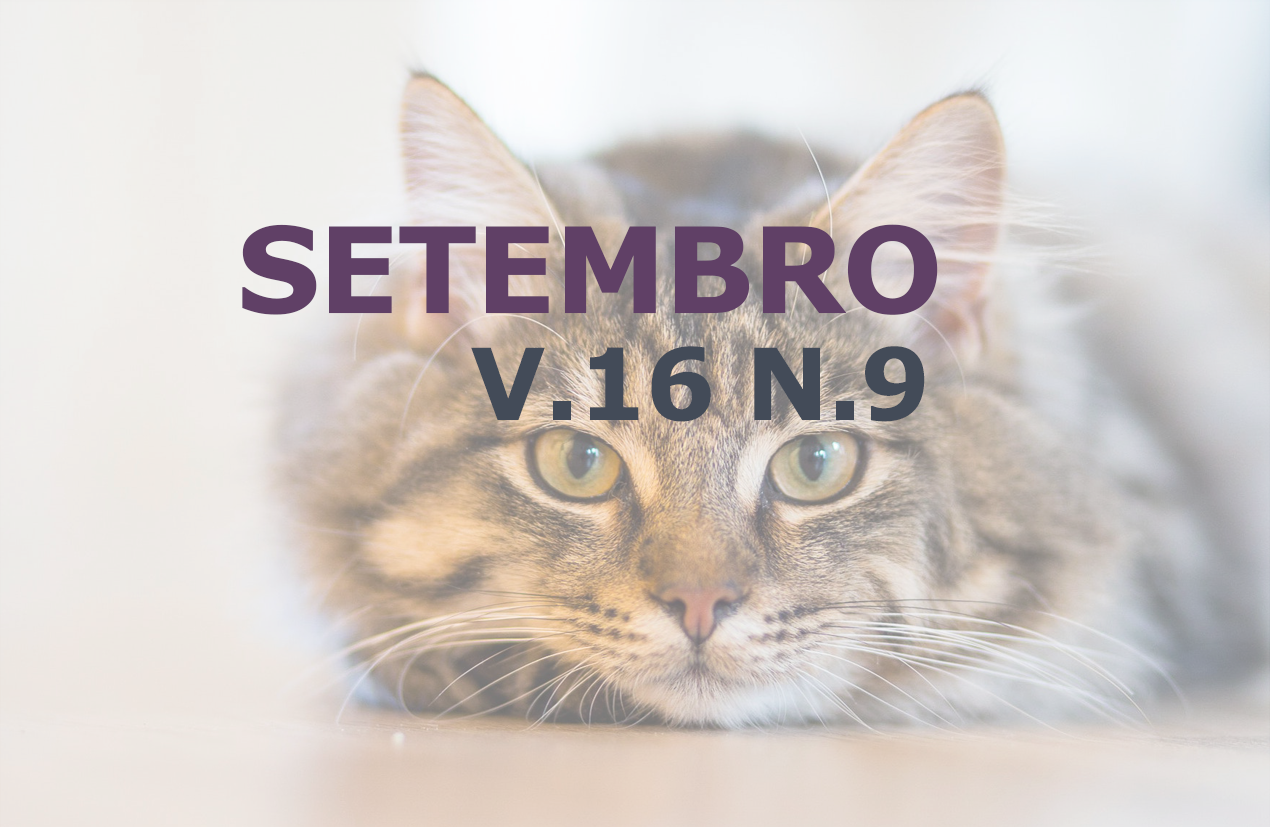Maxillary nerve block technique for molariform extraction in rabbit (Oryctolagus cuniculus): Case report
DOI:
https://doi.org/10.31533/pubvet.v16n09a1213.1-6Keywords:
Anesthesia, nerve block, lagomorphs, odontologyAbstract
Among unconventional pets, rabbits are often appreciated animals for having a docile temperament. However, its anatomical and physiological particularities predispose to dental disorders, eventually requiring surgical and anesthetic interventions. Considering that there are no reports on the clinical applicability of the maxillary nerve block for surgical procedures in this species, the objective was to evaluate the effectiveness of the technique in a 4-year-old New Zealand rabbit (Oryctolagus cuniculus), weighing 4.1 kg, attended at the Veterinary Hospital of the Federal University of Paraná in march 2022. After clinical evaluation and radiographic examination, retrograde growth was observed and instituted as molariform extraction. As preanesthetic medication, a combination of dexmedetomidine (30 ug/kg), methadone (0.5 mg/kg), and midazolam (1 mg/kg) was administered. Subsequently, anesthetic induction was performed with propofol (3 mg/kg) and its maintenance with isoflurane and propofol. Aiming at preemptive analgesia, maxillary nerve block was performed by anatomical reference with lidocaine hydrochloride without vasoconstrictor (3 mg/kg). During the intraoperative period, physiological parameters such as heart and respiratory rate, systolic, mean and diastolic blood pressure, pulse oximetry, end-expiratory carbon dioxide and rectal temperature were measured and subsequently recorded. Finally, the maxillary nerve block technique proved to be effective for the proposed procedure, since there were no intraoperative parametric changes in nociception. However, broader, controlled studies with a greater number of animals need to be carried out in order to guarantee its indication, as well as further clarifications regarding the applicability in the use of long-acting local anesthetics for postoperative analgesia in this species.
Downloads
Published
Issue
Section
License
Copyright (c) 2022 Juliana Caetano Félix da Silva Mendes, Ricardo Guilherme D’Otaviano de Castro Vilani, Iara Luiza Matos de Lima, Isadora Scherer Borges, Alessandra Kozelinski Bordignon, Helena Baggio Soares, Juliana Cavalli Santos, Petra Kling Bonotto, Juliano Biolchi

This work is licensed under a Creative Commons Attribution 4.0 International License.
Você tem o direito de:
Compartilhar — copiar e redistribuir o material em qualquer suporte ou formato
Adaptar — remixar, transformar, e criar a partir do material para qualquer fim, mesmo que comercial.
O licenciante não pode revogar estes direitos desde que você respeite os termos da licença. De acordo com os termos seguintes:
Atribuição
— Você deve dar o crédito apropriado, prover um link para a licença e indicar se mudanças foram feitas. Você deve fazê-lo em qualquer circunstância razoável, mas de nenhuma maneira que sugira que o licenciante apoia você ou o seu uso. Sem restrições adicionais
— Você não pode aplicar termos jurídicos ou medidas de caráter tecnológico que restrinjam legalmente outros de fazerem algo que a licença permita.





